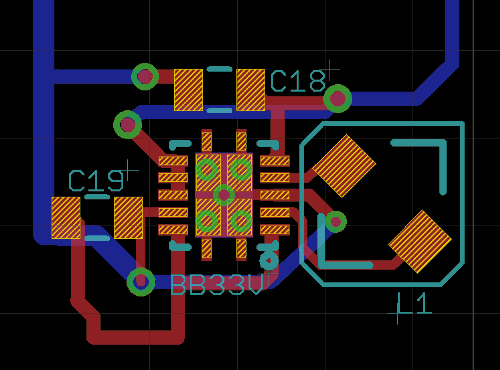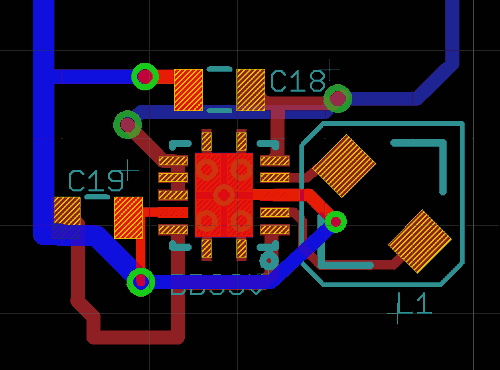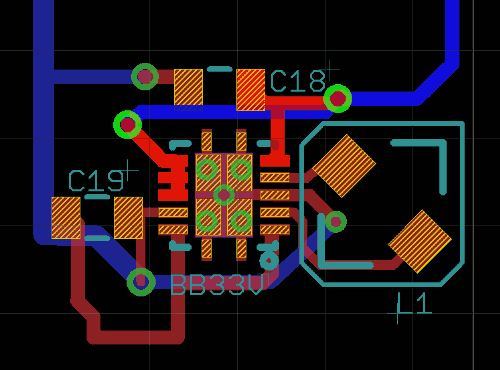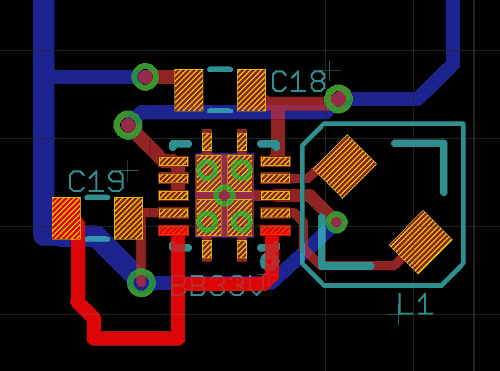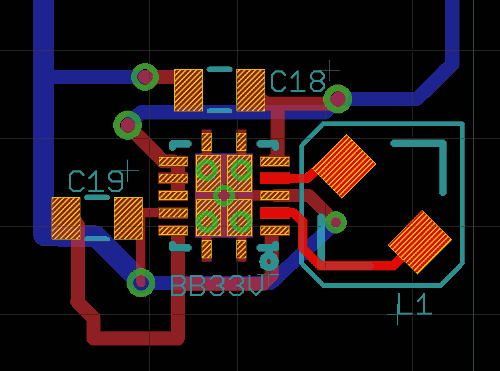Doing my first test design with a TPS63001 running directly from a li-ion battery, but I'm getting a strange output of -0.32V?
I've checked over the design numerous times (actually a redesign, as I messed up the first version), and have tested continuity and source voltage without any indication of error, but at Vout I get the bizarre reading of -0.32 instead of the expected 3.3V? Is there a known failure reason that would result in this small negative voltage being produced?
It's part of a more complex board, but I have currently only populated the TPS63001 and it's associated inductor and two capacitors, as per the example diagram on page 1 of the datasheet. Orientation is definitely correct (made that mistake with a previous population), brand-new chip straight out of the pack.


